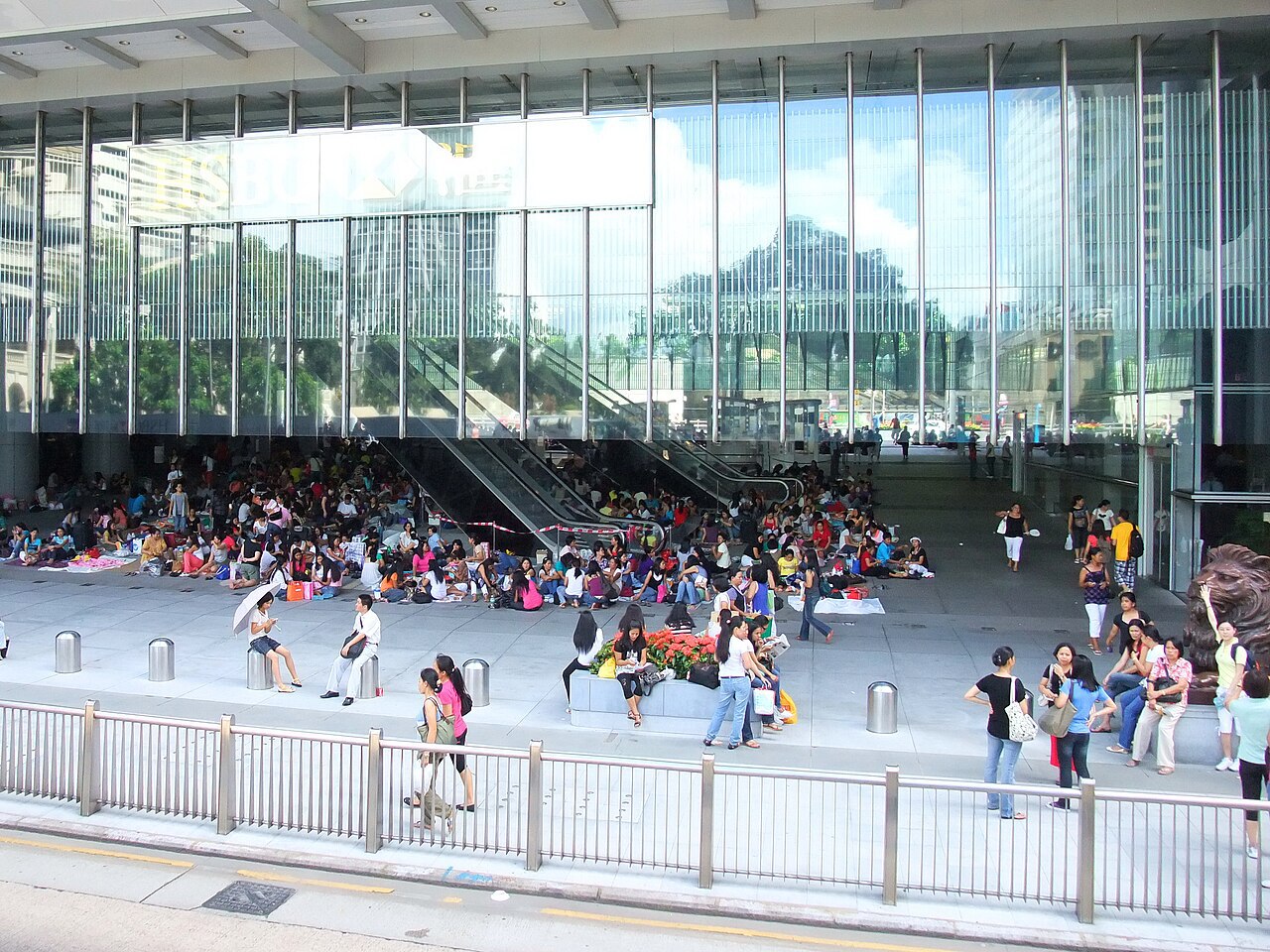
"Domestic workers in Hong Kong and Singapore are the city's quiet infrastructure. In Hong Kong alone, there are a total of roughly 300,000 domestic workers, serving a portion of the approximate 2.7 million households. Their care labor sustains dual-income family routines: childcare, eldercare, cooking, cleaning, and the everyday logistics that make professional life possible. Yet the people who hold this balance together remain largely invisible in policy-and, crucially, in space."
"On Sundays in Hong Kong's financial district, that invisibility becomes visible. Elevated walkways and podium forecourts-underused on weekends-turn into ad-hoc commons. With cardboard mats, small tents, towels, food and water, and a music speaker or two, domestic workers assemble places to sit, rest, and socialize. These improvised rooms in the city are often their only chance to exercise spatial agency-something they rarely have in the homes they maintain or in formal public infrastructure."
About 300,000 domestic workers in Hong Kong—part of a regional presence including Singapore—serve many of the city's roughly 2.7 million households. Their care labor sustains dual-income family routines through childcare, eldercare, cooking, cleaning, and everyday logistics that enable professional work. These workers remain largely invisible in policy and in urban space. On weekends, especially Sundays in central districts, elevated walkways and podium forecourts become improvised commons where domestic workers rest and socialize using cardboard mats, tents, towels, food, water, and music. Those temporary rooms often provide the only opportunity for spatial agency in the absence of sanctioned, serviced rest places.
Read at ArchDaily
Unable to calculate read time
Collection
[
|
...
]